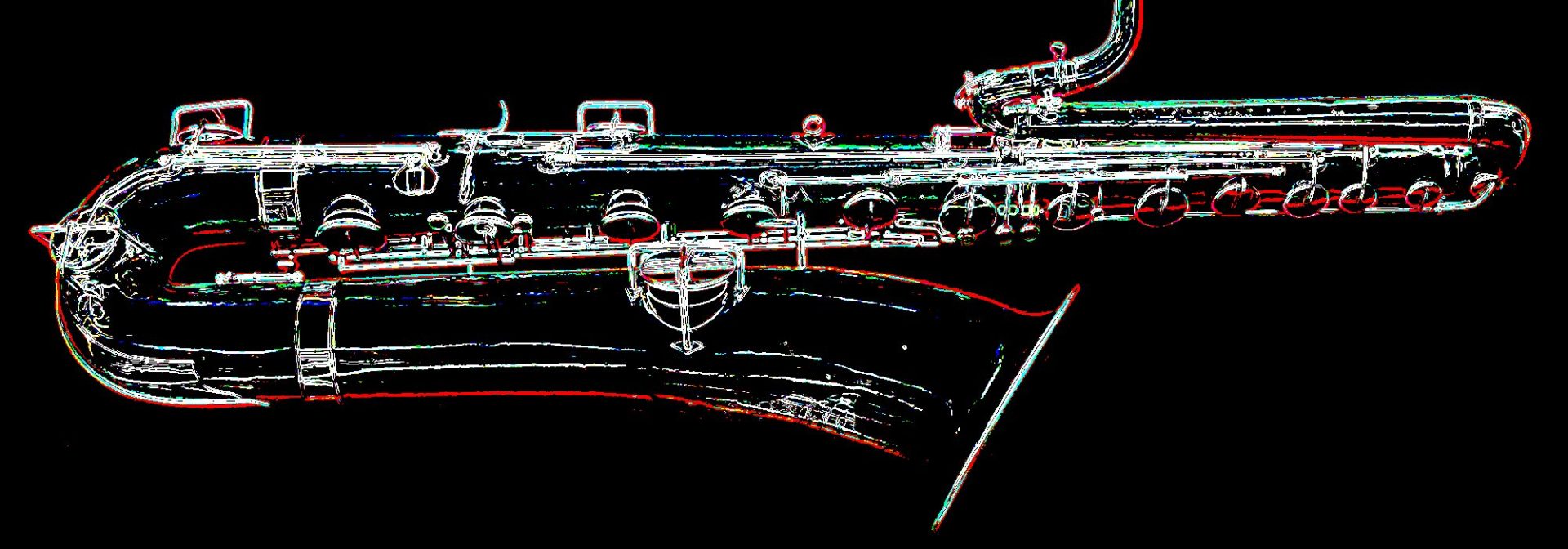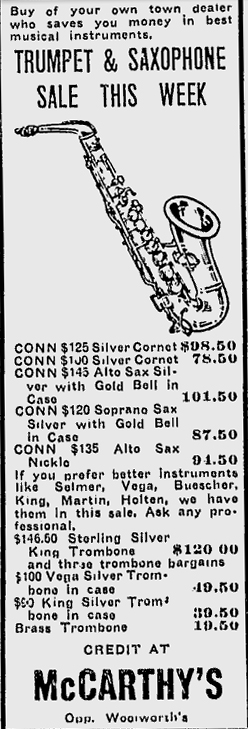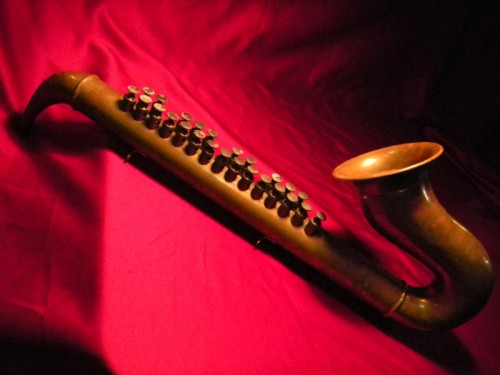While looking through the news archives for interesting, historical, saxophone stories, I happened across this ad from the October 6,1937 edition of the Lewiston Evening Journal.

If you check the prices noted in the 1937 newspaper ad, and compare them to the 1927 Conn catalogue prices noted on Saxpics, you’ll see that saxophone prices hadn’t really changed much in that decade. Makes sense when you think about it. There was that little thing called The Great Depression after all. 😉
The silver-plated alto with gold wash bell (finish 2) and case, was listed for $155 in the catalogue, while McCarthy’s shows their regular price as $145. In other words, the price of the horn was actually $10 less than it was 10 years earlier. Go figure. :scratch:
The silver-plated soprano with gold wash bell and case was listed for $115 in the catalogue, while the store shows a regular price of $120.
Now this last one defies logic: The nickel-plated alto (finish 6) with no mention of a case, was listed for $110 in the Conn catalogue. However, McCarthy’s shows a regular price of $135. Perhaps the price of nickel went up for some reason.
The Bureau of Labor Statistics’ Inflation Calculator reveals that the Conn silver-plated alto with gold wash bell and case, would cost $2,330.14 in 2012 US dollars. Whereas the Conn silver-plated soprano with gold wash bell and case, would be $1,928.39 US. And finally, the nickel-plated Conn alto (no mention of a case) would work out to be $2,169.44 US in today’s dollars. BTW, all these prices were based on the pre-sale prices.
As far as what models these horn could be, that’s a real toss-up. Depending on how old the company’s stock was, these horns might have been New Wonder Series II (not that likely), or New Wonder Transitional, or even Artist Series (Naked Lady) horns.
Something else in the print ad that I did find interesting, is what they wrote about other brands:
If you prefer better instruments like Selmer, Vega, Buescher, King, Martin, Holton, we have them. Ask any professional.
OK, so Selmer would be better than Conn, but Buescher, King, and Martin were all pretty much on par. Weren’t they? But the ad also refers to a trumpet sale, so perhaps those makers made better trumpets than Conn.
Amusingly, the ad says a buyer could ask “any professional”, not necessarily one working in the store, but any pro, anywhere. 😉





Between the 1927 Conn catalogue on saxpics and the 1937 newspaper ad there is also a 1930 price list of Adler visible on the site of Bluespeter1.de.
I visited this site to look at pictures of a Keilwerth King model Luss and when I saw the 1930 and 1945 price list it triggered me to write that an Adler saxophone was around 500 Reichsmark or 120 Dollars in 1930. Comparable to the USA prices.
Hi Theo. How are you doing?
Thank you for the tip about the Adler price list. I looked, and I noticed that this was actually for Johannes Adler, and not Oscar Adler. The 2 companies were not related to each other at all. I haven’t done any research on Johannes Adler, I only know what I have read through my O. Adler readings.
It is interesting to see that Johannes Adler also built contrabass saxophones. It seems there were a lot of German companies that offered contras, as well as bass saxophones. I wondered how many they actually sold, and how many of those actually survive to this day.
Just a bit of an update here, I am currently doing some research on Johannes Adler, and I have discovered that the company was only a dealer. They bought their instruments from a variety of manufacturers.
The saxophones that I have seen appear to to be Max Keilwerth-made Pure Tone Trade Mark horns (for example, the tenor in this thread). That said, I have not seen any baritone or bass, let alone contrabass, Max Keilwerth horns. Most likely Johnannes Adler had multiple suppliers of saxophones as well over the years.